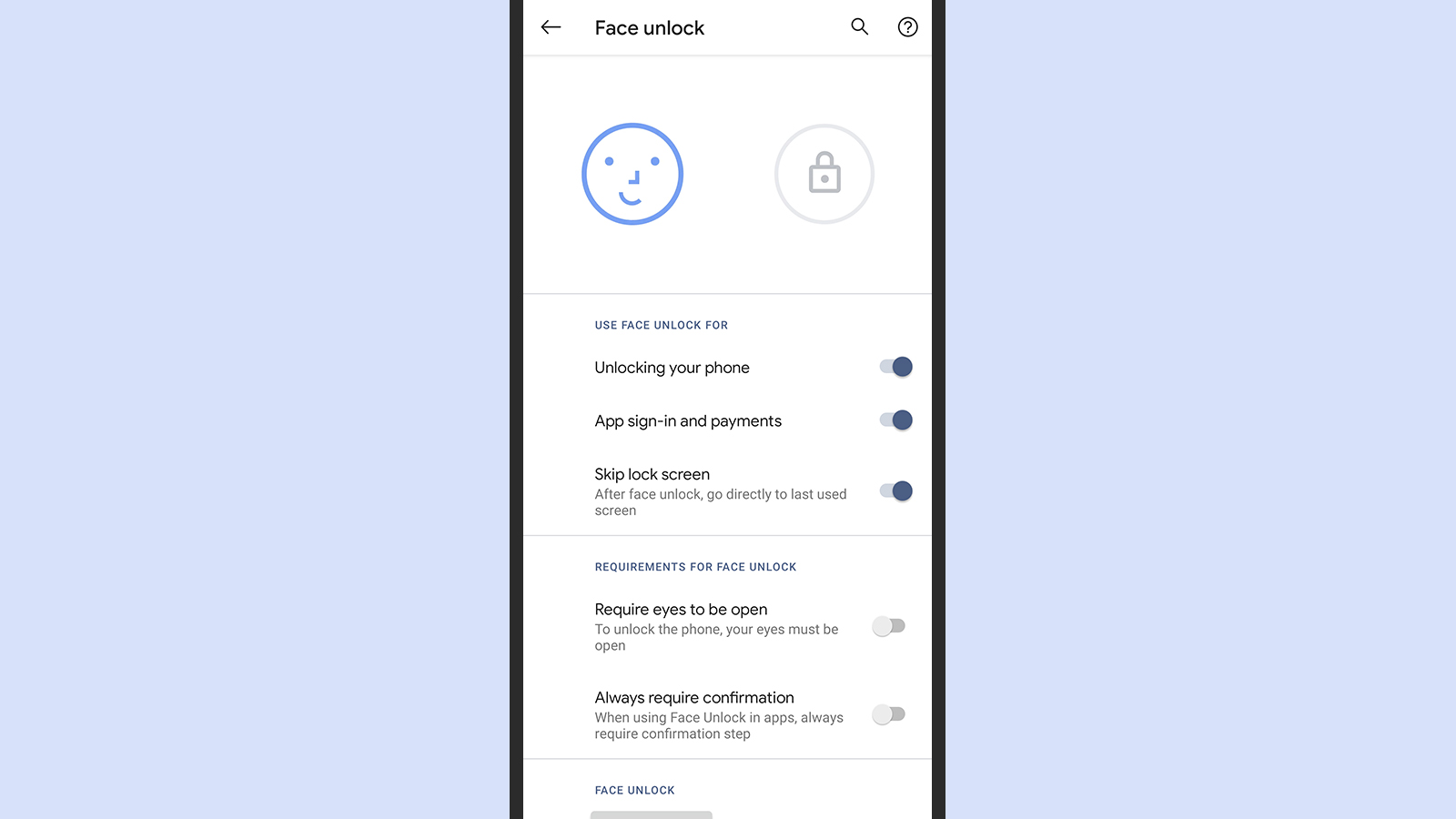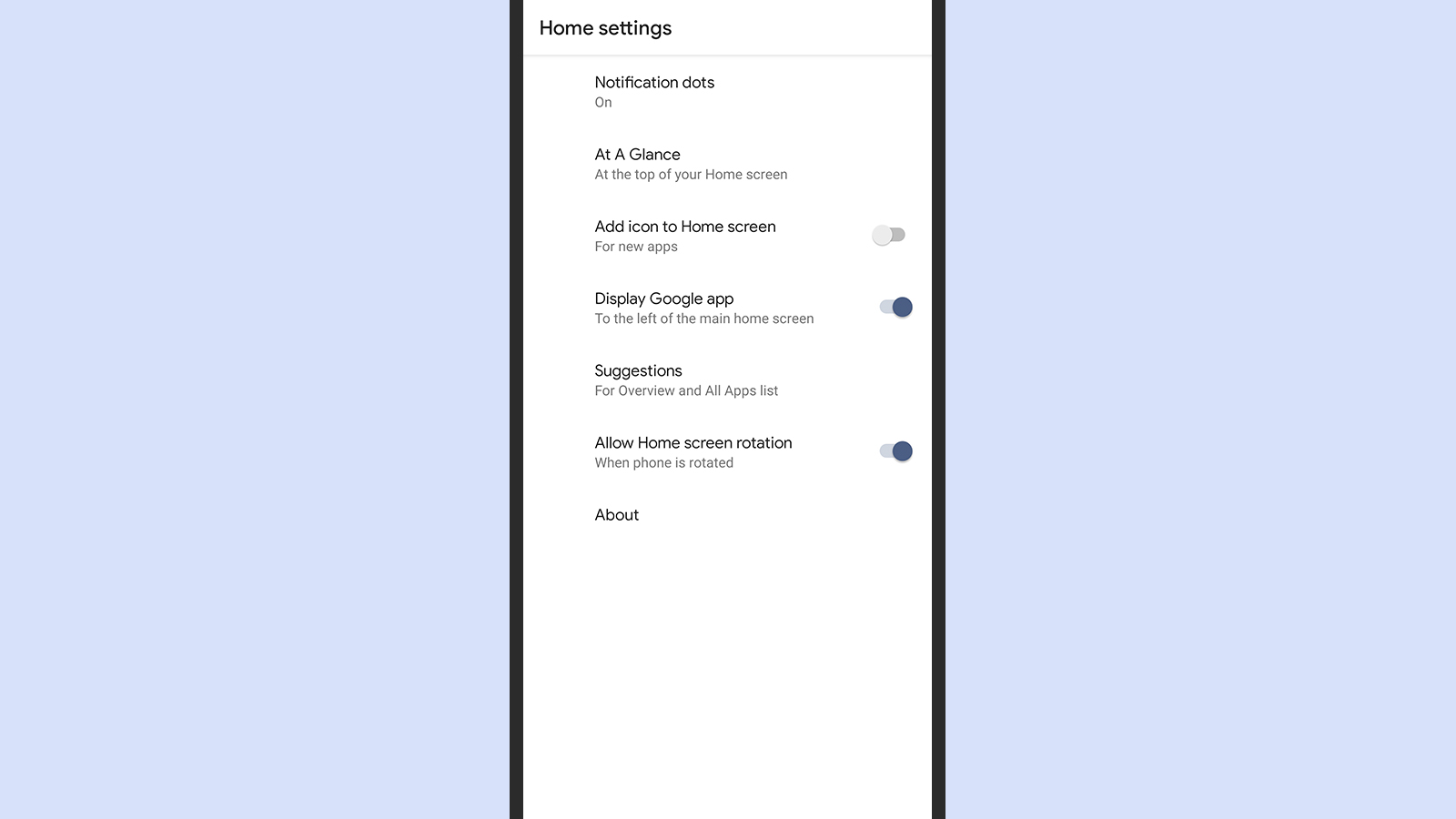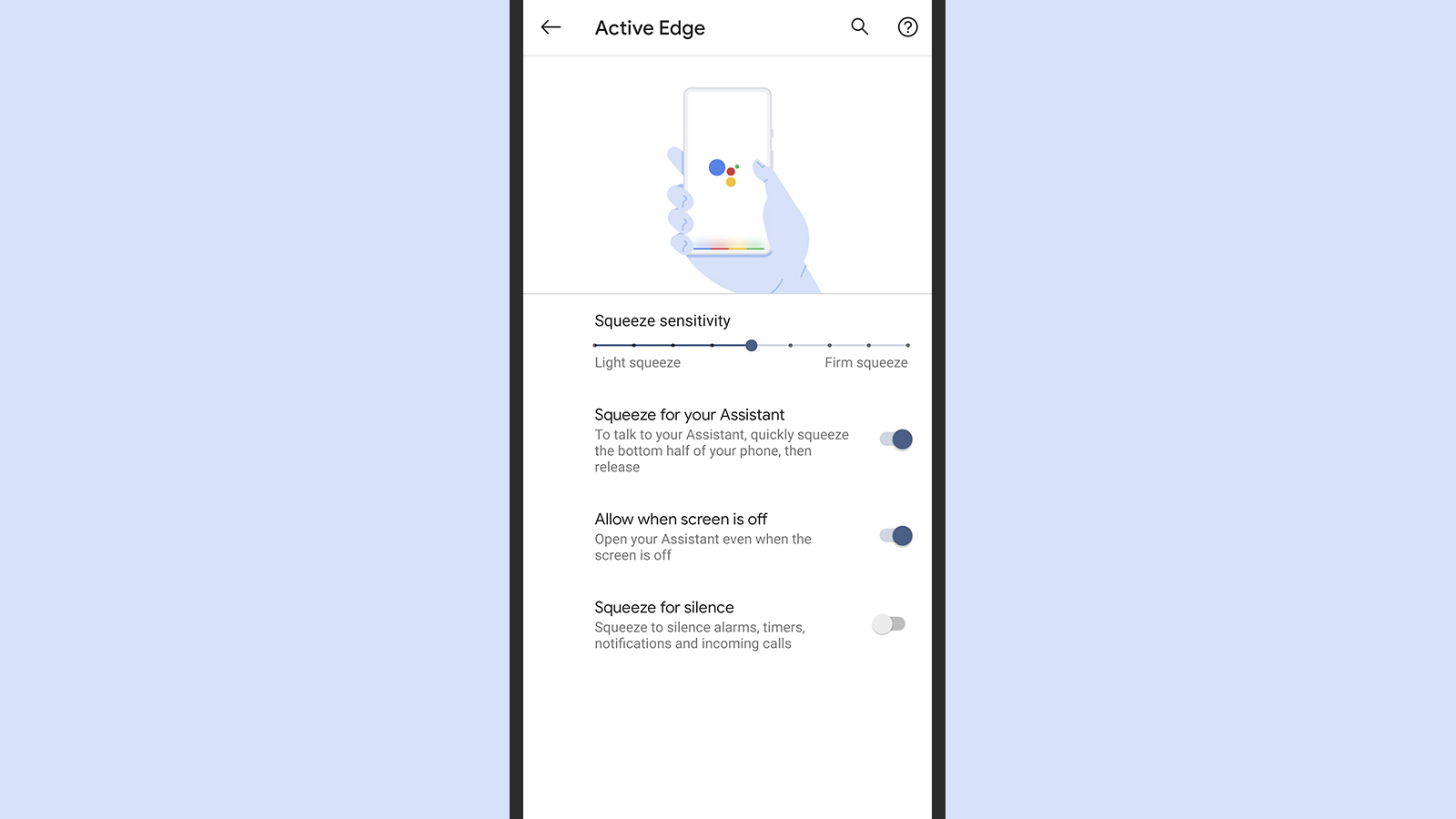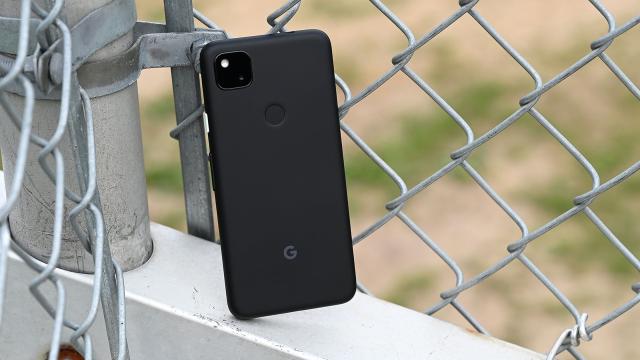If you recently bought Google’s flagship Pixel 4 or opted for the more value-oriented Pixel 4a, you should know that both handsets have a few tricks to show off. These are the features, tools, settings, and tips you need to know about if you want to get the most out of your Pixel 4 or Pixel 4a smartphone.
1. Try out Night Sight
The Pixel phones’ cameras and their associated image-processing software stand out more than any other feature. Both the Pixel 4 and Pixel 4a have a powerful low-light Night Sight mode built into the camera app. This uses a variety of smart algorithms to brighten up darker areas in a photo and retain an impressive amount of detail in low light shots.
Because the feature relies largely on software trickery, Night Sight photos look similarly shot on both the Pixel 4 and the Pixel 4a. In the Camera app, swipe across to the Night Sight mode to use it — for very dark scenes you’ll be offered the astrophotography mode, which can pick out the stars in the night sky, if you can keep the phone steady for several minutes.

2. Use the Recorder app
The Pixel 4 and the Pixel 4a come with a sort-of-exclusive built-in Recorder app, which we’ve written about before. The app essentially leverages Google’s AI to recognise and transcribe audio in real time, giving you a very helpful tool for recording interviews, lectures, podcasts, or whatever else you need to get down in written and audio form.
The app couldn’t be any easier to use, either. There’s a big red recording button to get you started, and as the audio is being recorded (or played back), you can either view it in sound wave form or see the text transcription. You can attach a title and a location to your recordings, and search through them for particular bits of text once they’ve been saved.
3. Enable Motion Sense
Motion Sense got cut from the Pixel 4a to make it cheaper, but it’s on the Pixel 4, letting you control certain functions using gestures in front of your phone. It sounds gimmicky, but it’s more useful than you might think: Alarms quieten down as you move your hand towards your phone, for example, and you can skip though music playlists with a wave.
To make sure Motion Sense is switched on, open up Settings on your Pixel 4 and tap on System then Motion Sense. You can enable or disable the feature as a whole, or turn it on and off for specific functions — pausing music, skipping songs, and silencing interruptions (and perhaps more to come?). You get instructions on how each feature works, as well.

4. Find out what’s playing
Since the Pixel 2 launched, Google’s smartphone range has offered a very handy Now Playing feature that works quietly in the background, listening out for music being played and then working to identify it. It’s like an always-on Shazam, and if Google can figure out what song is playing, you’ll see the title and artist name appear on the lock screen.
To check that Now Playing is enabled and to customise the way that it works, head to Sound from Settings, then choose Now playing. You can choose whether or not the feature shows notifications and shows results on the lock screen, as well as dig into the history of songs that have been identified by tapping on Now Playing History.
5. Live caption your videos and calls
Live Caption is a new accessibility feature in Android, displaying text alongside videos and now phone calls so you can read what’s being said as well as (or instead of) listening. The video subtitling is available on all Pixel phones (except the original 2016 Pixel) and other “selected” Android phones, but at the moment call subtitles are a Pixel exclusive.
You can configure the feature by going to Sound then Live Caption in Settings on your Pixel 4 or Pixel 4a: You can turn live captioning on or off, and change the way that you access it. By default, tapping the up or down volume button to show the volume controls also shows a Live Caption button that you can use to show or hide captions on screen.

6. Make the most of Face Unlock
Sorry Pixel 4a owners, this one is a Pixel 4 exclusive: If you enable Face Unlock, it has the potential to radically change the way you use your phone. Simply put, you never see the lock screen — as soon as you lift up your phone, you’re back using whatever app you had open last (and there’s no need for an extra swipe, as there is on the iPhone).
You can enable and customise Face Unlock by going to Security and then Face unlock. Since the Pixel 4 launched, Google has rolled out an update so you can specify that your eyes have to be open for it to work, and more and more apps are adding support for the technology, as well, including eBay, Signal, OneDrive, Venmo, and 1Password.
7. Change the live wallpaper
The Pixel 4 and the Pixel 4a come with their own customised wallpaper changer and a selection of live wallpapers that add subtle movement effects to your home screen backdrops. To view them, long press on a blank area of the home screen, then choose Styles & wallpapers (you can use your own images as well as those already provided).
The Eclipse wallpaper available in the Come Alive category on the Pixel 4a is particularly interesting: As your phone’s battery level runs down, the colour fades out of the wallpaper and is replaced by black. If you’ve got a Pixel 4a, make sure you look at the For fun category too, as it includes wallpapers that make use of the phone’s hole-punch notch.

8. Customise the home screen
The Pixels come with a few home screen extras that aren’t part of stock Android, including the default home screen widget that shows the current date and weather conditions, as well as upcoming calendar events and traffic alerts. To configure the widget, long press on a blank area of the home screen, then choose Home settings followed by At A Glance.
From the same Home settings menu, you can also set whether or not notification dots are allowed on the home screen, turn the Google app screen (one swipe away from the home screen) on or off, set whether or not icons for new apps are automatically added to the home screen, and enable or disable home screen rotation (when your phone is rotated).
9. Activate the always-on display
Both the Pixel 4 and the Pixel 4a come with an always-on display option, so you can see the time and date, an icon depicting the current weather conditions, icons showing unread notifications, and more from the lock screen. Open up Settings on your phone, then tap Display, Advanced, and Lock screen display to configure the various available options.
The Pixel 4a has a simple Always on toggle switch that you can use. On the Pixel 4, thanks to that extra Motion Sense capability, you can have the always-on display only appear when you’re near your phone (or have it fully on or fully off). Tap Idle lock screen to make your choice. Remember that the always-on display will use up a little bit of extra battery life.

10. Customise your phone’s gestures
You can customise a variety of handy gestures on the Pixel 4 and the Pixel 4a, though the available options are slightly different depending on which handset you’re using. From Settings, tap System then Gestures — on the Pixel 4a, for example, you get the option to use the fingerprint sensor on the rear as a trackpad-like scroller for incoming notifications.
Over on the Pixel 4, you can enable the Active Edge feature that lets you launch the Google Assistant with a squeeze on the sides of your phone, as well as customise a number of Motion Sense-related gestures. On both phones you can set up button shortcuts for the camera, and enable Flip to Shhh (which mutes your phone once you turn it over).
